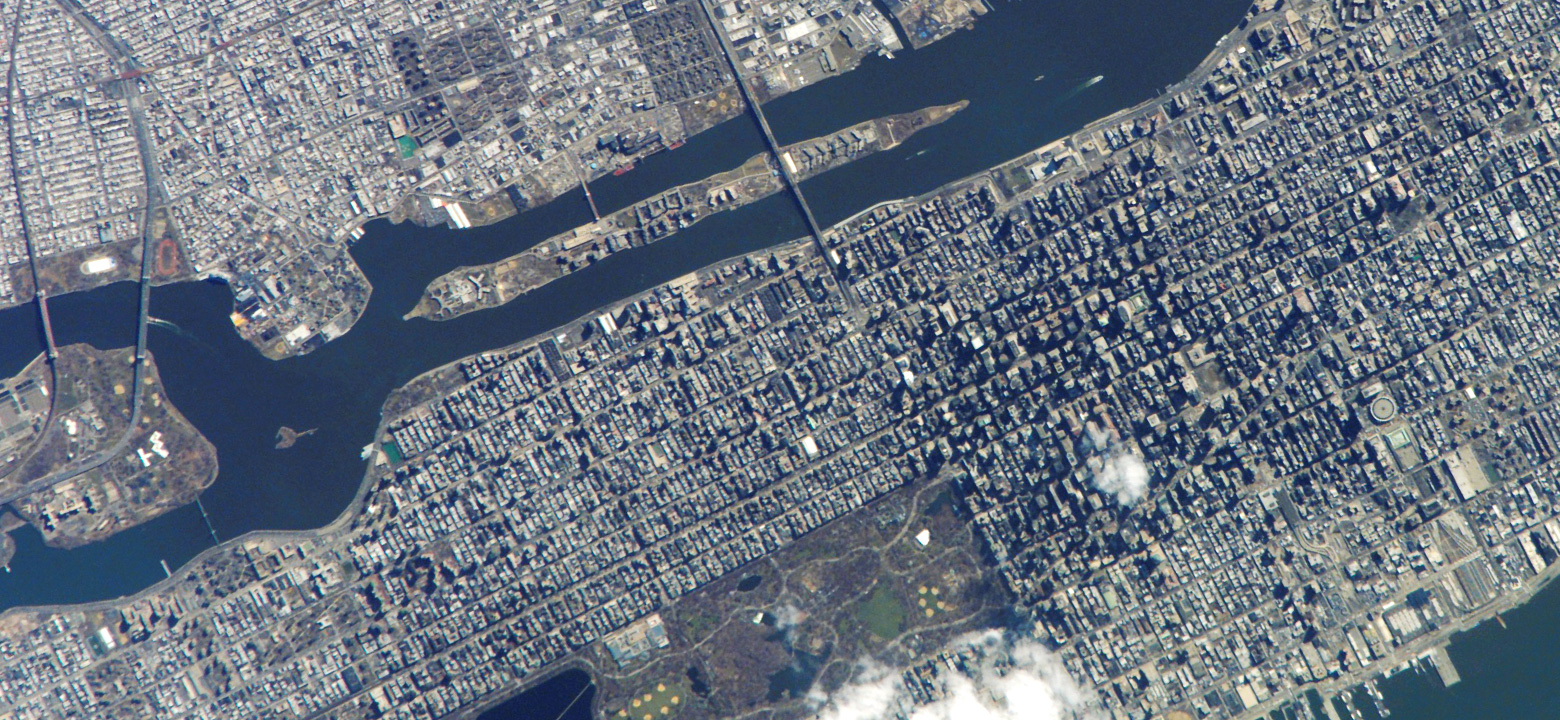
On June 25th, Capella Space, a San Francisco-based aerospace and information services startup, announced a Cooperative Research and Development Agreement with the National Geospatial-Intelligence Agency (NGA). This agreement essentially formalizes the relationship between these two entities, allowing them to move forward on research. Here's what that means for the aerospace industry, and why it's important:
NGA has a history of establishing relationships with commercial providers of geospatial data. As U.S. intelligence and defense agencies have increased the demand for accurate and timely satellite images and data, these relationships help fill it.
That said, the Cooperative Research and Development Agreement (CRADA) between Capella Space and the NGA is a first for the agency. Capella's high-resolution satellite imagery, data, and analytics are a boon for intelligence and defense agencies. In return, Capella gets access to the NGA's researchers to further their problem solving capabilities.
This agreement is only a part of the NGA's commercial GEOINT strategy. This was first released in 2015, with the goal of fostering a more resilient and responsive GEOINT program in order to provide users with access to an optimal mix of commercial GEOINT imagery, analytic products and services, and contextual information and knowledge, in order to fulfill the needs of the National System for Geospatial-Intelligence (NSG) and Allied System for Geospatial-Intelligence (ASG).
This was updated in 2018, to include new partnerships, new technology, and increased flexibility. Capella's role will be to grow the NGA's production and publication of unclassified intelligence.
The NGA isn't the first government agency to tap Capella. They were contracted by the U.S. Navy last May, and by the National Reconnaissance Office the December before that. While many of these contracts are relatively small, they are a significant mark of trust that can allow Capella to net bigger contracts later on.
Capella provides high-resolution synthetic aperture radar (SAR) imagery on demand. SAR is a type of radar mounted on a moving base—in this case, a satellite—that relies on the motion of a radar antenna over a target to produce images.
Since the SAR is moving, the amount of time it takes for radar pulses to leave the satellite's origin point, reach the target, then return to the satellite's new location results in a very high-resolution image. It also allows for the use of smaller antennas, which helps reduce the weight of the satellite.
High-resolution SAR images aren't Capella's only offering, however. The company produces their satellites in-house, which gives them complete control over the development and building process. This means that, if a customer experiences an issue, Capella is able to modify their technology as needed in order to solve it.
This is where having access to NGA's researchers comes in—it will greatly improve Capella's ability to solve customer problems and improve their final products.
Capella's first satellite, Denali, launched in 2018. They have since modified and improved their design in preparation for the deployment of seven more satellites, scheduled to launch later this year.
The new satellites feature larger solar arrays, a second star tracker, and a redesigned reflector antenna, among other changes. The new antenna—a 3.5-meter aperture deployed mesh-based model—will be able to produce high-contrast, high-resolution, low noise images.
With Capella's ability to produce on-demand satellite images in an almost bespoke fashion, as well as tweak their technology in-house to meet customer's needs, it's no wonder that they're the latest ally in the NGA's commercial GEOINT strategy. Their Whitney constellation of SAR satellites is scheduled for launch later this year.